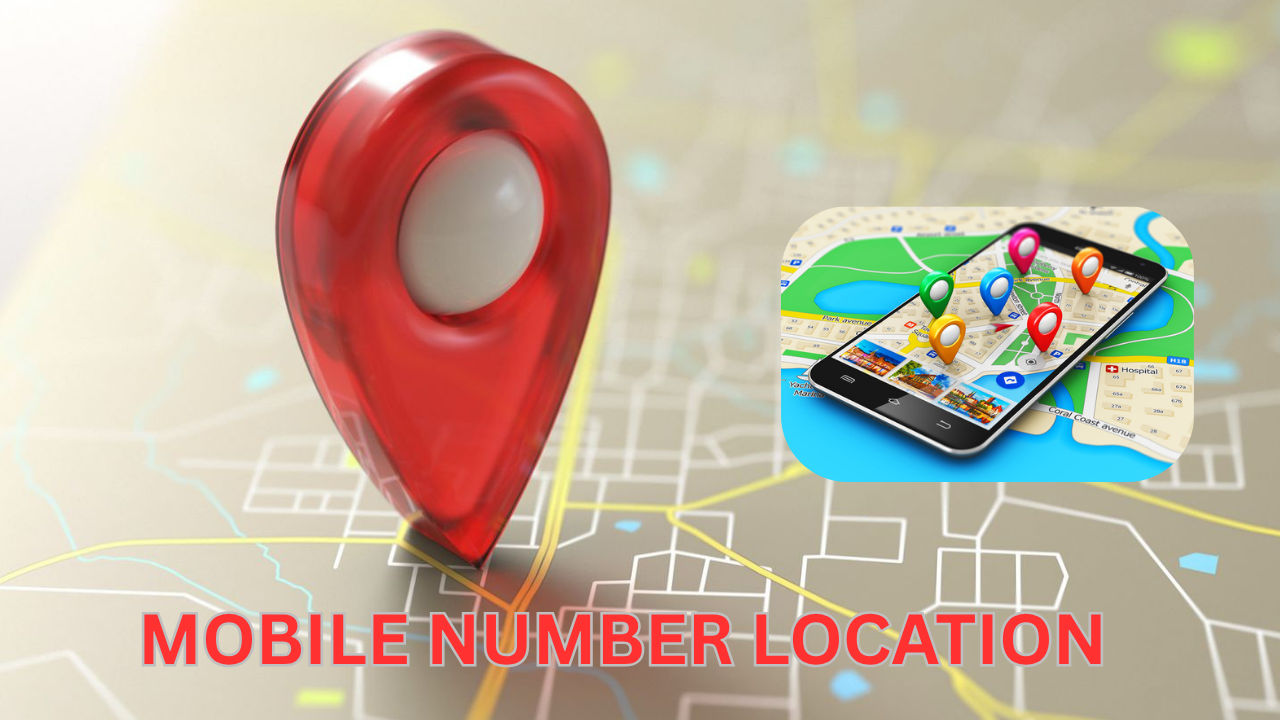INTRODUCTION:If you need someone’s location for safety or legal reasons, go through proper channels (ask the person, use family-sharing tools, or contact law enforcement with proof). I can’t help with instructions for secretly tracking someone.
How location can be determined
- GPS the most accurate . Apps with permission can read it.
- Cell-tower / network-based mobile operators can estimate location by which cell towers the phone connects to
- Wi-Fi / IP positioning rough location based on nearby Wi-Fi networks or IP address.
- Bluetooth used for short-range location (e.g., indoor positioning).
- Apps and sensors apps with location permission can send coordinates to servers.
If you need to track a family member or employee
- Google Maps location sharing: person can share real-time location for a chosen duration.
- Apple Family Sharing / Find My: share location with family members.
- Third-party apps (with consent): Life360, Glympse, etc. Make sure both parties consent and you trust the app.
- For employees: use explicit written consent and company policy if using tracking for business devices follow local employment/privacy laws.
- Battery drains faster than usual.
- Phone overheats or is slow.
- Strange SMSs or pop-ups.
- Apps you don’t remember installing.
- Increased data usage.
- Unusual background noise during calls.
Privacy steps to prevent unwanted tracking
- Turn off Location Services when not needed.
- Review and revoke location permissions for apps.
- Use strong lock-screen (PIN/biometric).
- Keep OS and apps updated.
- Don’t click suspicious links or install unknown apps.
- Use two-factor authentication for Google/Apple accounts.
- Regularly check devices linked to your account and sign out unknown sessions.
GPS : uses satellites. Best for outdoor accuracy (often within ~5–20 meters in good conditions).
GNSS alternatives: other satellite systems devices may use.
Cell-tower triangulation: uses which mobile towers the phone connects to less precise (hundreds to thousands of meters).
Wi-Fi positioning: identifies nearby Wi-Fi networks and matches them to databases good in urban/indoor areas (tens of meters).
How to share location
- Android: Google Maps Share location for a set time or until turned off.
- iPhone: Messages or Find My Share My Location with contacts.
- Third-party apps: Life360, Glympse, WhatsApp location sharing
Always share only with trusted people and for the necessary time.
GPS-based location of a device associated with a number (these typically require explicit consent and special permissions). Common features include a searchable database of phone numbers, contact-management tools, call-blocking, spam filters, and call-recording or logging functions; advanced business-facing versions integrate with CRMs to provide lead details and call analytics. Technically, legitimate apps that show location work by one of three safe methods:
Using the device’s own GPS/location services after the device user has installed an app and granted location permission (this is how family‑locator and employee‑tracking solutions operate)
using carrier-provided location services or emergency APIs (these are usually restricted to law enforcement or require telecom cooperation);
Estimating coarse location from network data such as country/region inferred from the phone number’s prefix. It’s important to understand limitations: public reverse-lookup databases are often incomplete or outdated, location precision varies widely, and many “free” apps monetize by selling data or showing ads sometimes collecting more personal information than you expect. Equally critical are ethical and legal considerations: tracking someone’s location without their
explicit informed consent is illegal in many jurisdictions and can constitute stalking or invasion of privacy; employers must follow local labor and data-protection laws before monitoring employees; parents and guardians should still respect age-appropriate privacy and local regulations. When choosing a mobile number tracking app, prioritize reputation and transparency
Read privacy policies to learn what data is collected, how long it’s stored, and whether it’s shared with third parties; prefer apps that use end‑to‑end permissions, require consent for location sharing, offer clear opt-out, and implement strong encryption. For safety, use built-in tools first: both
Android and iOS provide family‑sharing/location features that are privacy-aware and supported by the platform; for business use, select enterprise solutions with contractual data protections. Beware of scams: apps promising secret real‑time tracking of any number without consent are almost always fraudulent, illegal, or malware‑laden.
Finally, consider alternatives to invasive tracking: open communication, sharing live location via consensual messaging, or legitimate legal routes when safety concerns arise.
In summary, mobile number tracking apps can be useful for caller identification, anti‑spam, and consensual location sharing, but they carry significant privacy, legal, and security responsibilities choose reputable services, obtain consent, and avoid tools that promise.
the caller’s name, region, and whether the number is reported as spam; others offer reverse-lookup capabilities that pull publicly available details like the telecom operator, city or state, and user-submitted tags; a smaller and more sensitive class claims to show real-time.
Mobile number tracking apps are software tools designed to help users locate, identify, or get information tied to a phone number, and they come in many shapes: some provide basic caller ID and spam-detection services covert or unauthorized monitoring.
